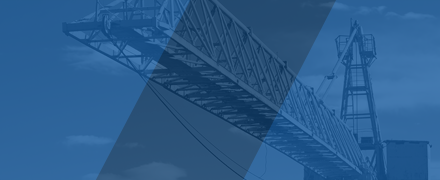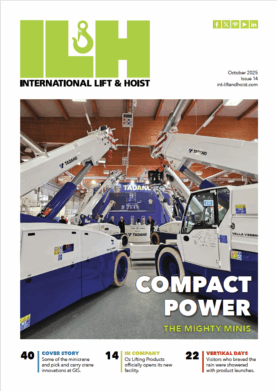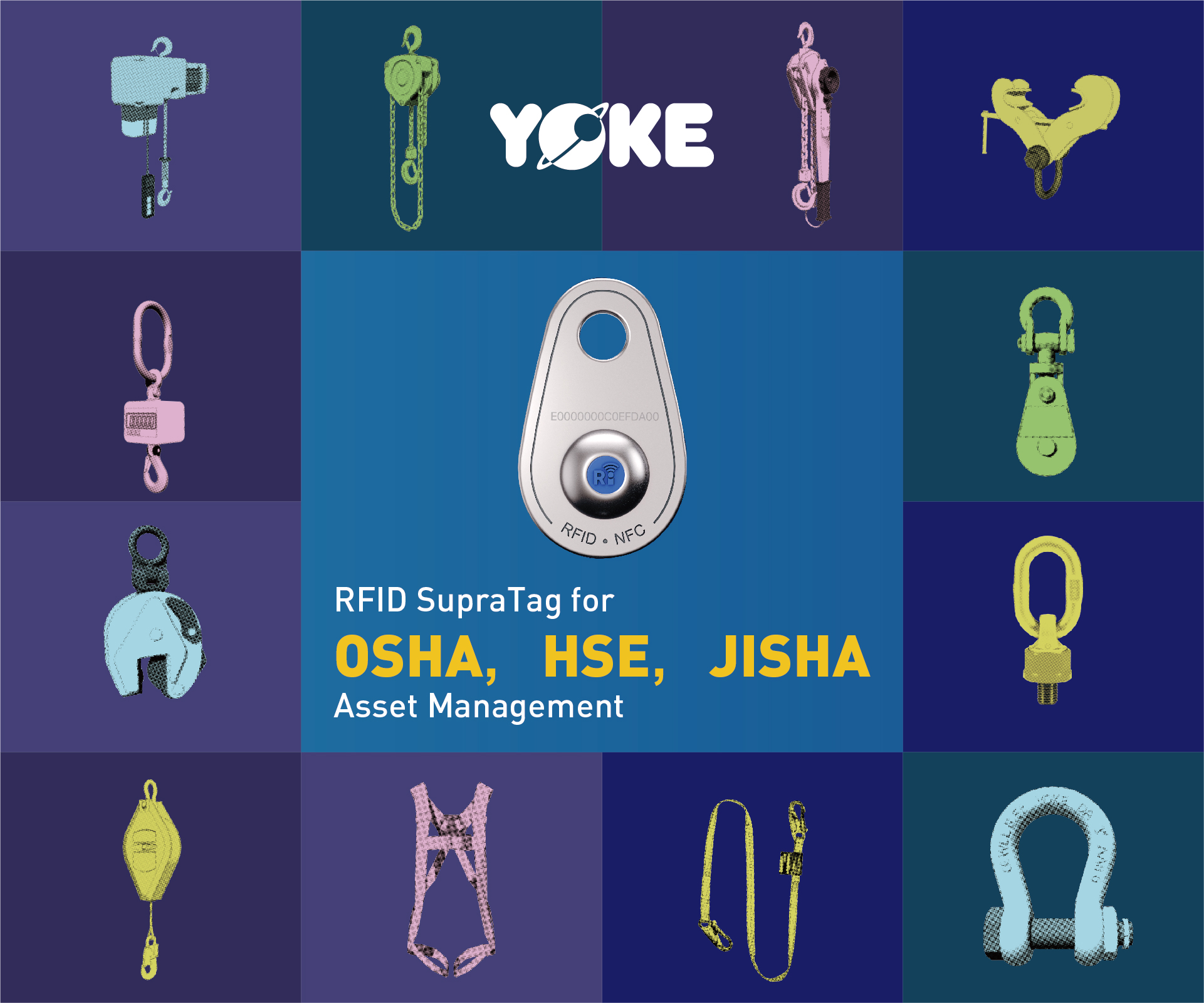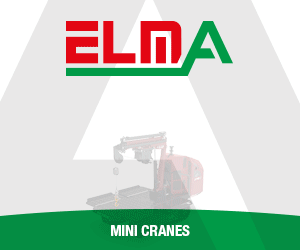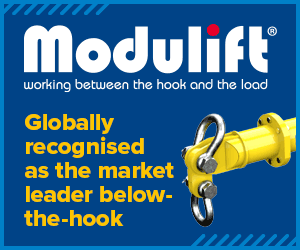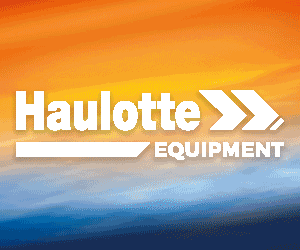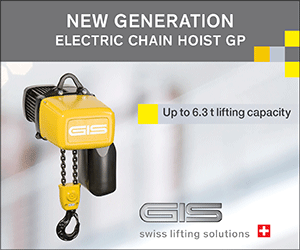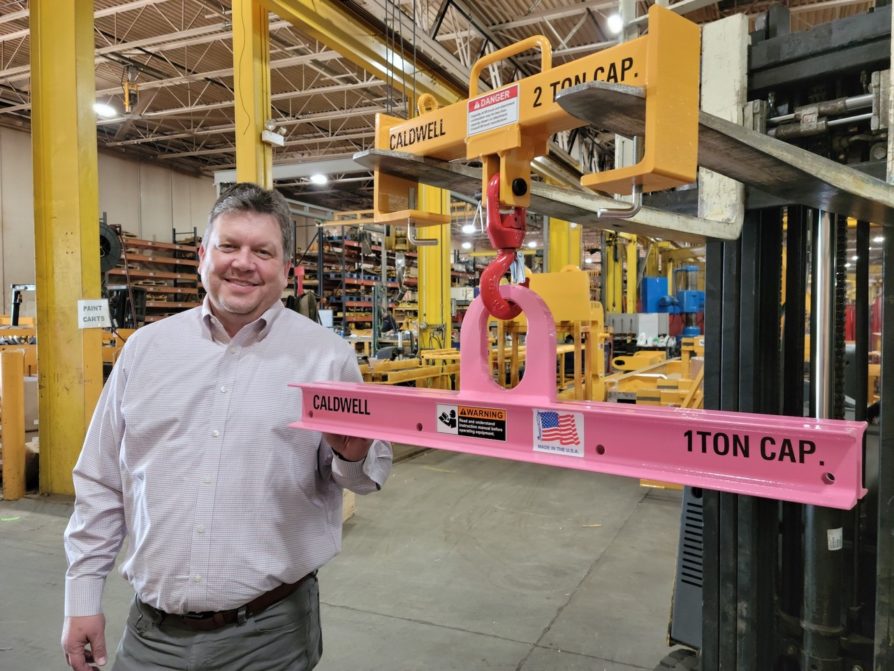)
Turn up for improvement
You’ve found the right tool for the job — but you can do better than that, says Doug Stitt, president and CEO at The Caldwell Group Inc.
We often hear the phrase, ‘right tool for the job’ – I say it myself – but what if the question wasn’t, ‘is this right?’, but rather, ‘is there a better way?’
Rigid thinking suggests the current method is fixed, when in fact safer, smarter, or more efficient solutions are nearly always within reach. In material handling, load rotation proves the point, as we’ll explore. This mindset also applies to training and technology.
The Wright Brothers’ airplane was once ‘right’, but aviation looks nothing like it did in 1903. The lesson: today’s right way may be tomorrow’s limitation.
Job rotation
Ideally, loads would be square, lifted straight up, moved level, and set back down unchanged. In reality, most applications require manipulation – for servicing, shipping, or installation.
Our development of the Posi-Turner – designed to rotate bulky objects during manufacturing or assembly – illustrates the shift from ‘right’ to ‘better’.
Historically, companies rotated loads with brute force. Some still do, even relying on manpower, which risks injury, product damage, or shock loading on cranes. In these cases, the method may appear adequate, but the consequences prove otherwise.
Shortcomings could be avoided if the mindset shifted. Instead of looking at a tool as an isolated solution, look more broadly at the process. Production typically happens in a three-dimensional manner, so companies need access to all sides of a product. Our thought processes should work the same.
Rotation, unlike flipping, controls movement smoothly and safely. It saves space, reduces manual effort, and keeps people at a safer distance.
If an organisation relies on people to flip an item – believing it to be the right solution – it should also recognise that those individuals are only intermittently productive. Wouldn’t it be better if the application was mechanised, freeing those same individuals for higher-value tasks?
Train to catch
When it comes to training, we can adopt the same mindset – we must constantly look for a better way to do it. And time is running out, as industry reels from a classic one-two combination. On the one hand, older workers are ageing out; and, on the other, whether it’s young or old students, Covid-19 significantly threw off the cadence of training schedules to the point that they are still recovering.
Companies are realising that their folks haven’t trained in some cases since 2020 – and then it dawns on them that we’re now talking about over five years since the first US lockdowns in March of that year. The scramble is to catch-up and get back on track as well as work to replace retiring workers. We have one particularly large, global customer that had their people do training with us every three years; the pandemic interrupted that schedule and now they are working to rediscover a stride pattern.
Online training became a lifeline but as a long-term, standalone solution, remote learning has limits. Industrial environments demand hands-on competence and situational awareness. Online modules deliver convenience and scalability, while in-person training embeds knowledge through real-world experience, teamwork, and safety culture reinforcement.
Clamp down on training
While some companies were still debating the need for in-person training – they were stuck on ‘right’ and forgot about ‘better’ – we went out and purchased a new property and training centre in Beloit, Wisconsin.
We look at training as an investment in our people internally as well as our customers externally. We feel we have great products and if we show people how they work and how to effectively use them, that investment will result in revenue down the road.
Part of that equation relates to the lifecycle of the product as well. Renfroe clamps are a great example of that. Some clamps today are disposable – not repairable – so after they are worn or not working, they are thrown out. A Renfroe clamp, meanwhile, is meant to be a heavy-duty, repairable item. Therefore, we want our customers to know how to inspect and repair it. Since we provide parts and kits for clamp repairs, the training ultimately helps drive revenue through the maintenance of those items.
Strong leadership makes the difference between a training programme that works and one that merely exists. Sarah Stitt, our training coordinator, has taken our efforts to a new level. It’s one thing to have a team of experts – it’s another to have someone orchestrating their talents. Think of a football team without a coach: even the best players can’t perform at their peak. Sarah oversees every detail, from marketing and logistics to content and flow. The result is seamless choreography.
If you aren’t asking who’s leading your dance, you might already be falling behind.
Catching up, smarter
If our attitudes towards load rotation and training are important, if we don’t think about technology in terms of tomorrow, we’ll get swallowed alive. We might even get spat back out and crushed.
Again, a game of catch-up is afoot, especially for the vast majority of firms out there in the small- to medium-sized space.
Technology is the next frontier where ‘right’ quickly becomes ‘outdated’. Smaller firms, lacking IT depth, often delay projects. Most understand the value of technology, but limited time and resources often hold them back. A lot of times, this lack of resources necessitates going out and finding vendors who can help with digital infrastructure assignments. Unfortunately, most of us can recall painful projects where a vendor promised the world and then delivered something far less. These negative experiences create apprehension to launch future projects, which can add to the cycle of being behind and trying to make up for lost time.
But that must now be categorised as yesterday thinking. Technology must be a central part of a value proposition, not just within a business, but in how it can interact with customers. At our company, this change was represented by a pivot to what we call the ‘service equation’. In other words, the resources we have available to take care of customers. That can be something as simple as automatically sending an advance ship notice (ASN) after an order ships, so they don’t have to call for the information.
Shelf life
Relying on outdated technology or settling for traditional data management tools is holding modern companies back from capturing the critical metrics they need to thrive. Consider inventory: we want to use our data to help ensure that we have the right stock for our customers at the right time. I’ve written about our InStock programme before in this context. With over 500 items on the table (shelf), using data to determine inventory levels, customer demand, and a production plan to support it all, is a critical part of business planning.
Speed, especially in today’s world, is critically important. Customers want to be taken care of quickly and efficiently. They order their consumer items to be delivered the same day. They have thousands of hours of entertainment content on their smart devices – now. These trends drove our investment in a web platform that allows customers to access pricing, place orders, and even design their own products using our SmartSpec technology — any time. It’s a case study about a culmination of data from a variety of disciplines being used to provide the customer with a unique experience that allows them to find the product they are looking for – even to design the product they are looking for.
‘The right tool’ is only the start. Whether rotating loads, training workers, or digitising systems, the real advantage lies in asking, ‘what’s better?’
Those who cling to yesterday’s methods risk falling behind. Those who continually challenge themselves, improve safety, strengthen people, and sharpen service.
The best tool isn’t just in your hand — it’s the mindset that refuses to settle.


